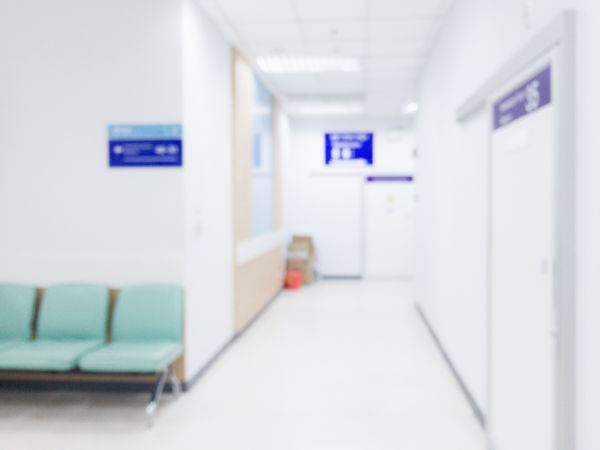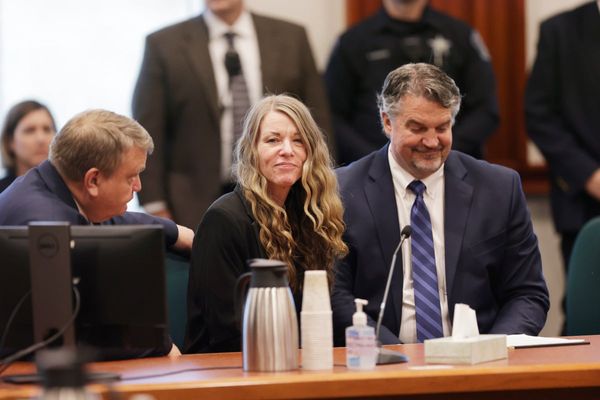
Two Nasa astronauts from Boeing’s troubled Starliner capsule may have to remain in space until the middle of August as engineers continue to work through technical problems that prevented their return in June.
Sunita Williams and Butch Wilmore have been onboard the International Space Station (ISS) since 6 June after the first crewed docking of the next-generation spacecraft. The test mission was scheduled to last about a week, but Starliner’s undocking was delayed several times as faulty thrusters and then a series of small helium leaks raised safety concerns.
On Wednesday, Nasa announced that it was still performing tests to ensure the capsule would perform as expected, and although the space agency was confident the craft would be safe for an emergency evacuation, mission managers were not yet ready to schedule its departure.
“Some of the data suggests optimistically, maybe it’s by the end of July, but we’ll just follow the data each step at a time,” Steve Stich, Nasa’s commercial crew program manager, said at a lunchtime press conference.
“We’re going to work methodically through our processes, including a return flight readiness review with the agency, before we get the go to proceed towards undocking and landing. This is a very standard process.”
He added that a routine ISS crew rotation in mid-August was “kind of a back end” to the mission to avoid overcrowding in orbit.
“Obviously, a few days before that launch opportunity we would need to get Butch and Suni home on Starliner,” he said.
But he noted that the space station, currently occupied by a regular crew of seven in addition to the two Starliner astronauts, had sufficient supplies and resources, and there was no risk to anybody onboard.
That, he said, gave engineers time to perform ground fire evaluations of replica thrusters at Nasa’s White Sands test facility in New Mexico, and close out the helium leak issues he believed could be signed off by the end of this week.
Mark Nappi, vice-president and program manager of Boeing’s commercial crew program, told reporters that he was confident the Starliner program would emerge stronger because of the issues.
“All this information is going to go in a big bucket, and all the engineers are going to review it and try to see if it doesn’t point to root cause or point to some additional testing that we can do in the future to eliminate this problem once and for all,” he said.
Although Boeing’s space operations are separate from its aviation wing, the ongoing problems with Starliner have added to the company’s recent public relations crisis, sparked by the crash of two 737 Max airliners and a number of other safety-related incidents.
Despite being years behind schedule and more than $1.5bn over budget when it launched from Florida on 5 June, Starliner was intended to restore some of the company’s lost lustre and offer Nasa a second private commercial crew alternative for the transportation of astronauts in lower Earth orbit to SpaceX’s Dragon capsule.
If the current test mission concludes successfully, Starliner capsules, known officially as CST-100 (crew space transportation), will operate six further astronaut rotation flights to the space station as part of Nasa’s commercial crew program.
Wilmore, speaking from the ISS earlier on Wednesday, said he and Williams were enjoying their “extra” time in space, and were unconcerned by the technical problems.
“This is the world of test. This is a tough business that we’re in, human spaceflight is not easy in any regime, and there have been multiple issues with every spacecraft that’s ever been designed,” he said.
“We are very close friends with those that are making these decisions, and we trust them. We trust their integrity, we trust their technical acumen, and we trust that the tests that we’re doing are the ones that we need to do to get the right answers to give us the data that we need to come back.”
“I have a real good feeling in my heart that this spacecraft will bring us home, no problem,” Williams said.







